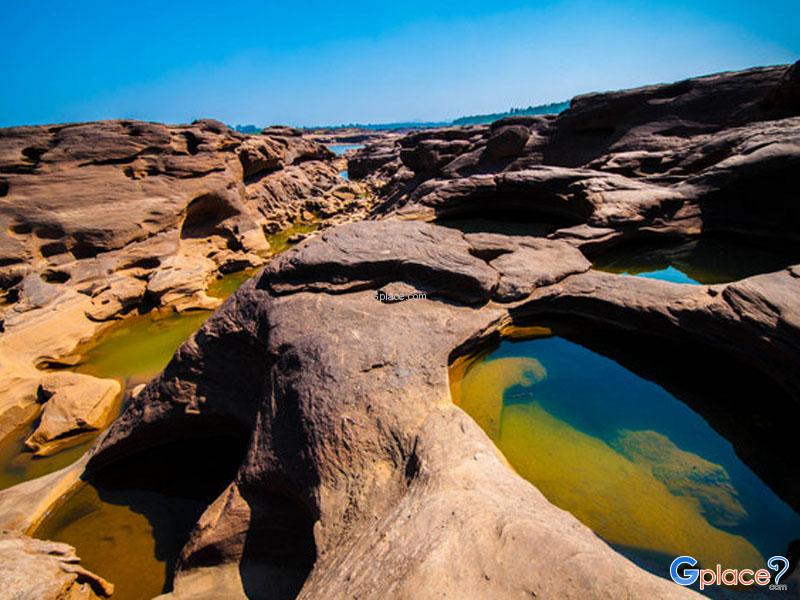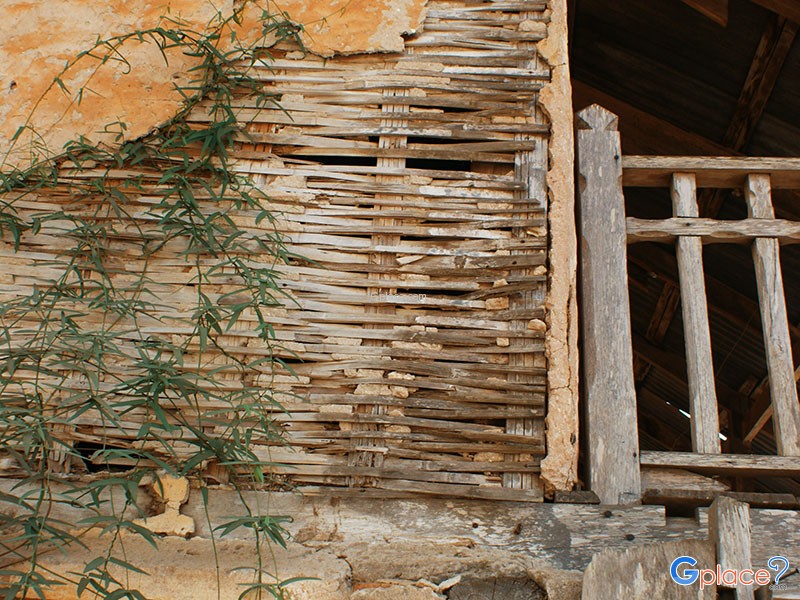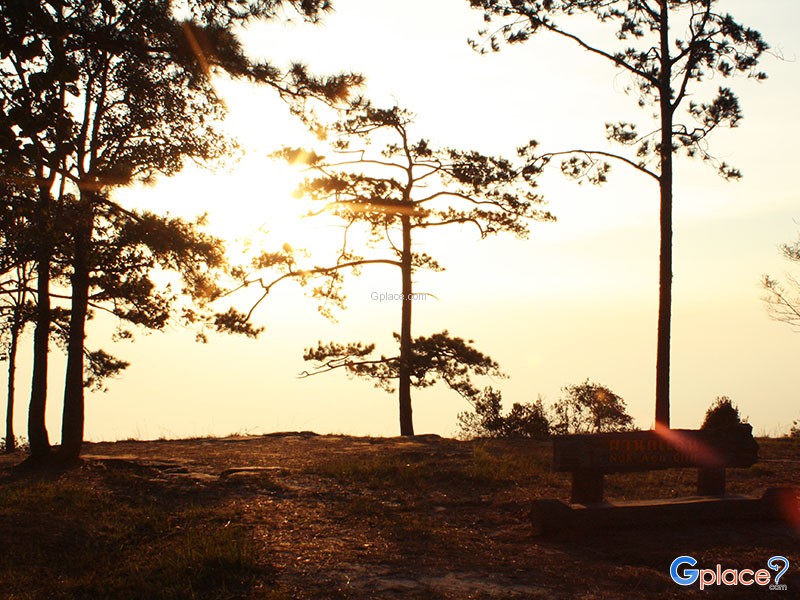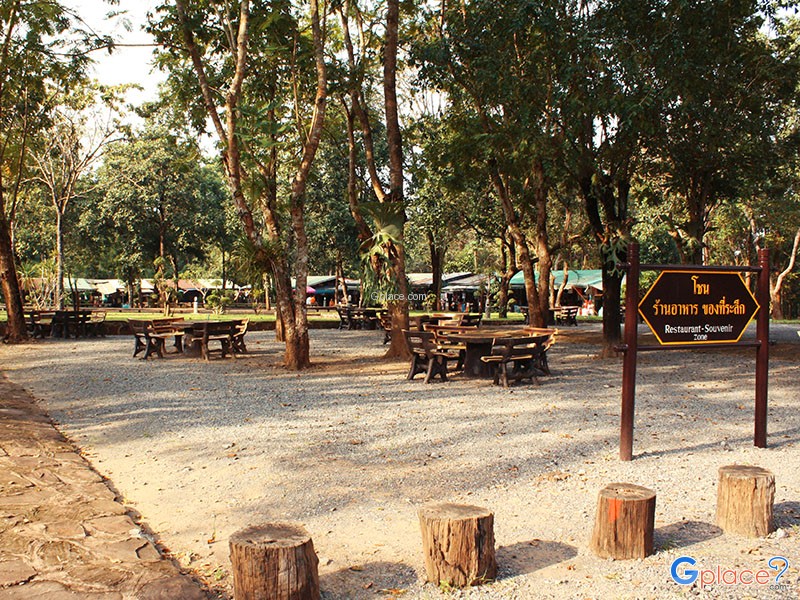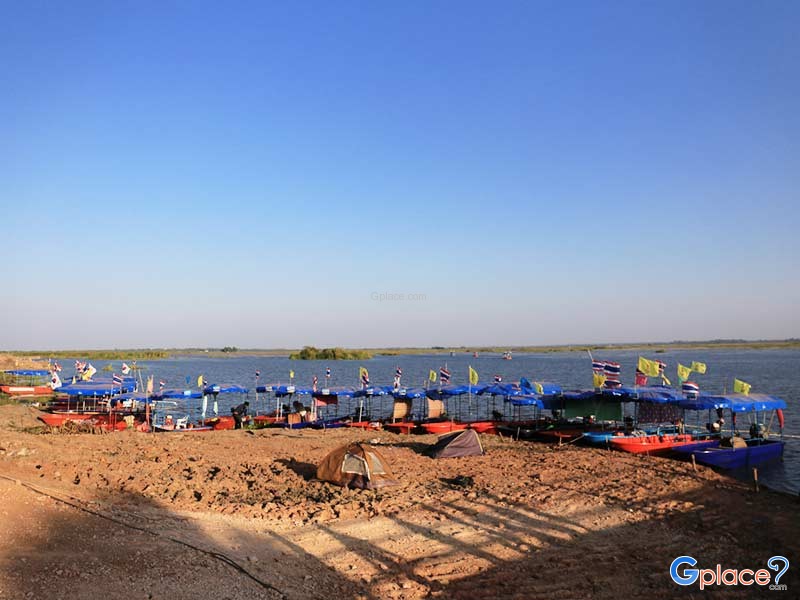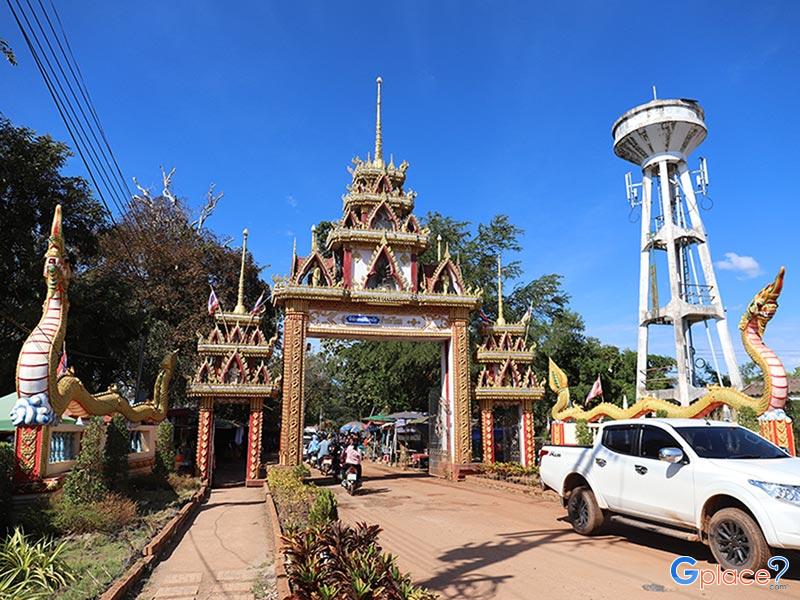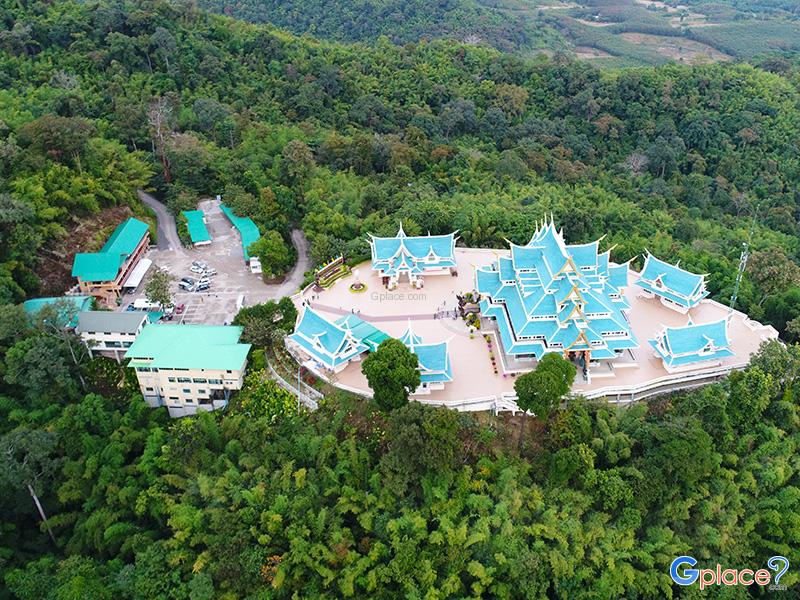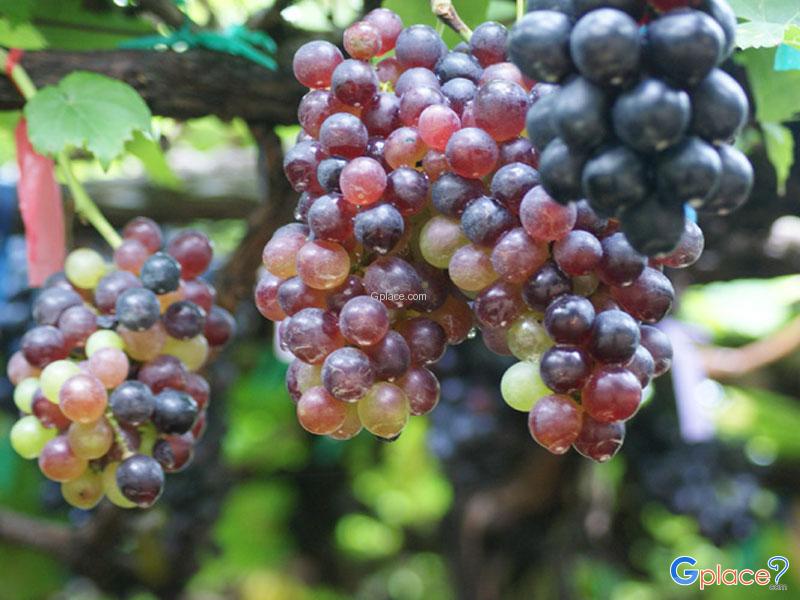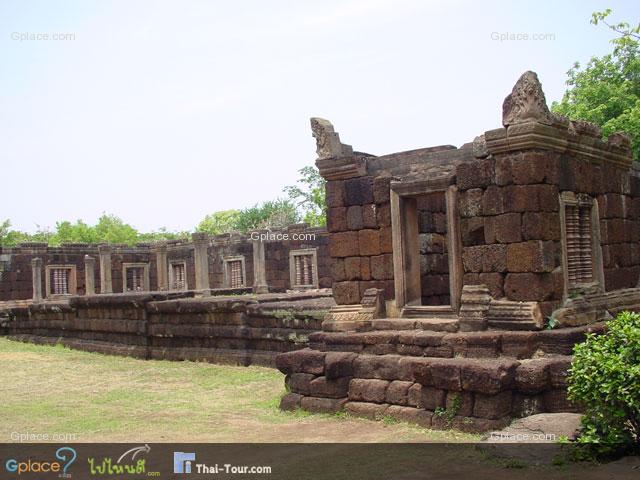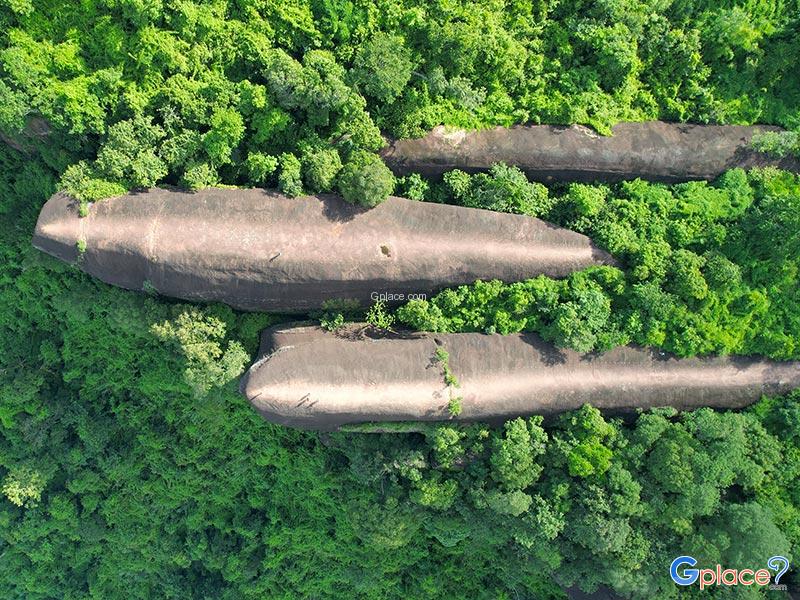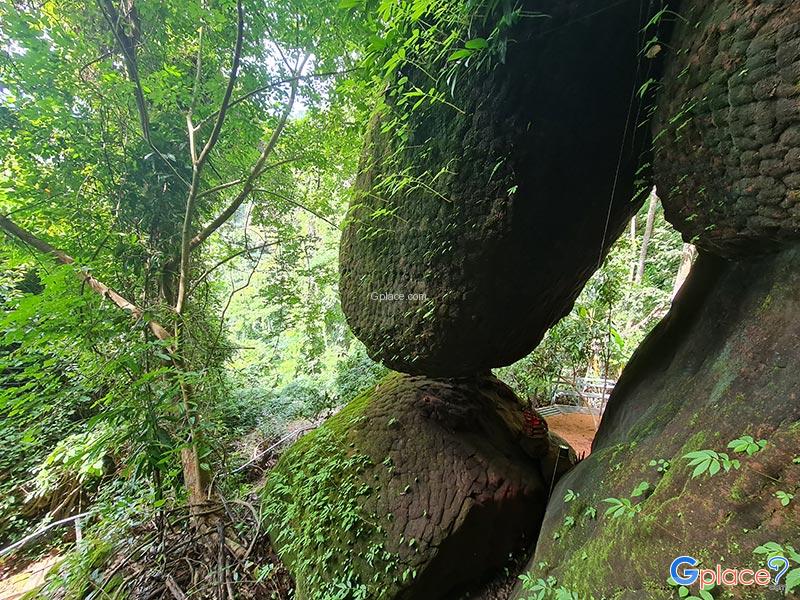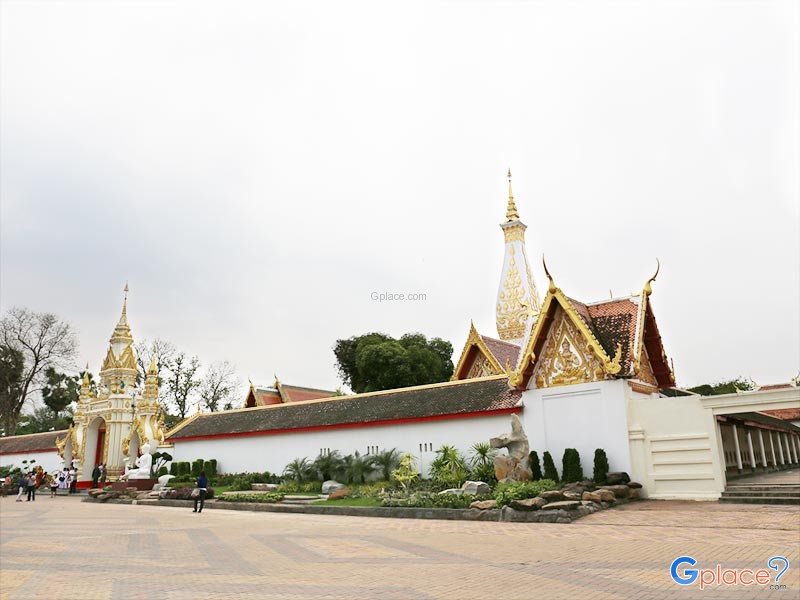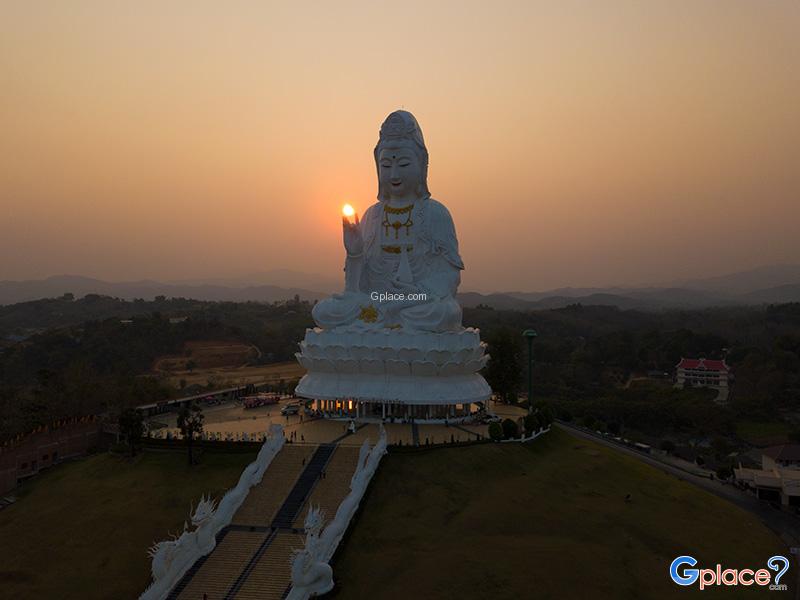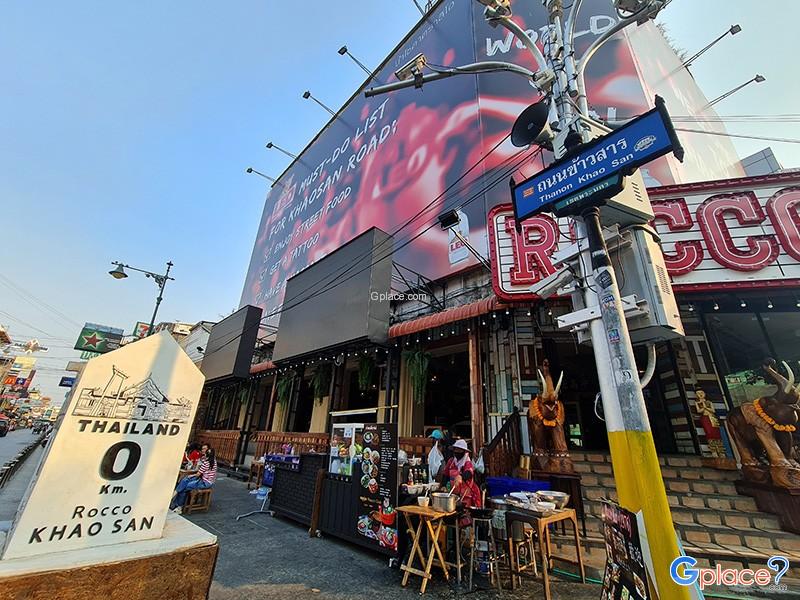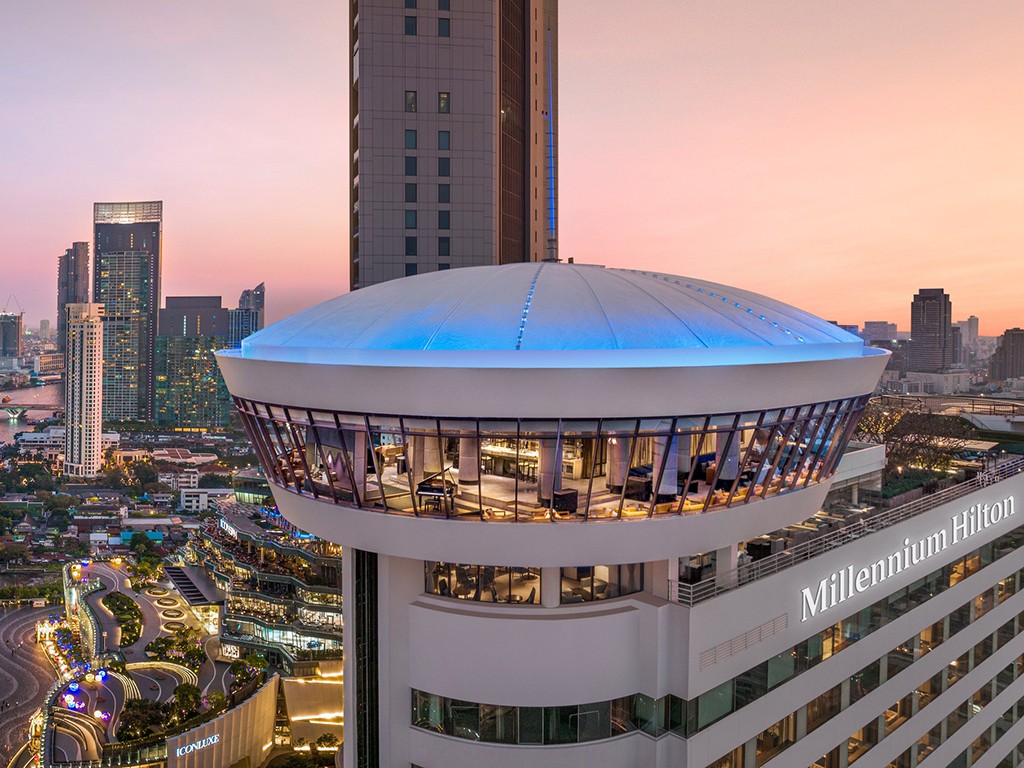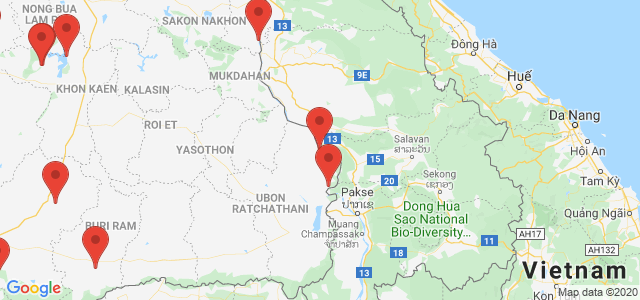
อีสานเที่ยวไหน ที่นี่มีคำตอบ
 5029
5029
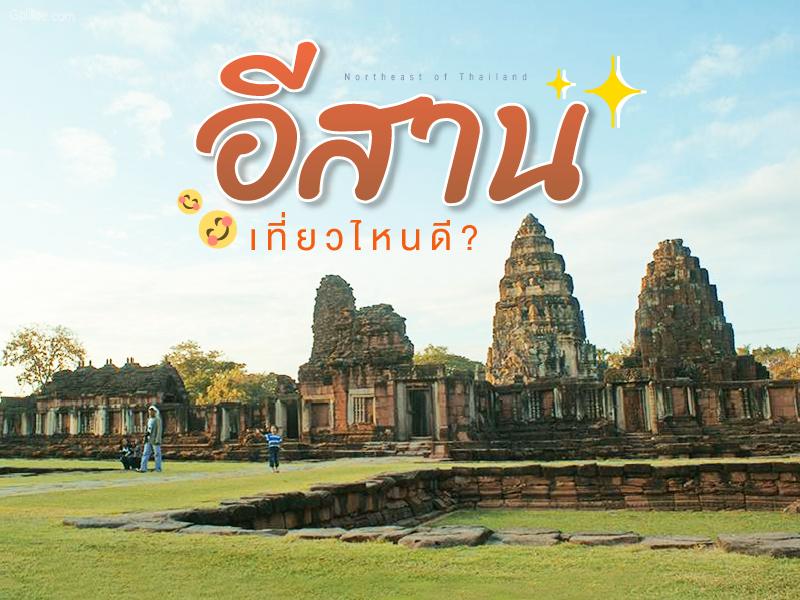 ภาคอีกสาน หรือตะวันออกเฉียงเหนือ เป็นภาคที่มีแหล่งท่องเที่ยวสวยๆ ซ่อนอยู่มากมาย ที่ท่องเที่ยวดังๆของภาคนี้ คงจะหนีไม่พ้น เชียงคาน กับ สามพันโบก แต่ว่า ยังมีอีกหลายแห่งที่รอให้ทุกคนไปสัมผัสความสวยงามอยู่ แอดฯเลยได้รวมที่ท่องเที่ยวที่น่าสนใจ ของภาคอีสานมาฝากกัน
ภาคอีกสาน หรือตะวันออกเฉียงเหนือ เป็นภาคที่มีแหล่งท่องเที่ยวสวยๆ ซ่อนอยู่มากมาย ที่ท่องเที่ยวดังๆของภาคนี้ คงจะหนีไม่พ้น เชียงคาน กับ สามพันโบก แต่ว่า ยังมีอีกหลายแห่งที่รอให้ทุกคนไปสัมผัสความสวยงามอยู่ แอดฯเลยได้รวมที่ท่องเที่ยวที่น่าสนใจ ของภาคอีสานมาฝากกัน
Sam Phan Bok, meaning "Three Thousand Holes," is a remarkable natural site along the Mekong River in Pho Sai District, Ubon Ratchathani. Known as the "Grand Canyon of Thailand," it features more than 3,000 rock pools formed by river erosion during the annual flood season. These pools vary in shape and size, some as deep as three meters, creating a unique geological landscape rarely seen elsewhere....
read more
Pha Taem National Park is located in Khong Chiam District, Ubon Ratchathani Province, covering an area of about 340 square kilometers. The terrain is mainly composed of rugged high mountains, cliffs along the Mekong River, dry dipterocarp forests, mixed deciduous forests, and natural rock plateaus, home to diverse flora and fauna.
Before it was declared a national park, the Pha Taem area had been ... read more
Before it was declared a national park, the Pha Taem area had been ... read more
Chiang Khan Walking Street is a prominent tourist attraction in Chiang Khan, Loei Province. The street is an old, peaceful area that comes alive in the evening as a walking street. Here, visitors can experience the authentic local lifestyle and enjoy the serene environment.
The walking street is filled with local shops selling regional handicrafts, traditional foods such as fresh rice noodles, spi... read more
The walking street is filled with local shops selling regional handicrafts, traditional foods such as fresh rice noodles, spi... read more
Phu Kradueng National Park is a sandstone table-top mountain shaped like an inverted bell, covering approximately 348 square kilometers (217,575 rai). It was declared Thailand’s second national park in 1959 (B.E. 2502).
The summit plateau is about 60 square kilometers, serving as the main area for overnight stays and nature exploration. The Wang Kwang Visitor Center provides accommodation, c... read more
The summit plateau is about 60 square kilometers, serving as the main area for overnight stays and nature exploration. The Wang Kwang Visitor Center provides accommodation, c... read more
The Red Lotus Sea Nong Han Kumphawapi is actually a vital part of Nong Han Kumphawapi, which is the largest natural freshwater lake in Thailand's Northeastern region (Isan) and ranks as the third largest nationwide. This vast wetland covers several districts of Udon Thani Province, primarily Kumphawapi and Prachaksinlapakhom. The lake has an average depth of only about 1 meter and serves as t...
read more
Kam Chanod forest is considered one of the most sacred sites and centers of spiritual energy in Thailand's Northeast (Isan region). It possesses a unique geographical feature: a lush forest predominantly covered by Chanod trees (a type of palm unique to the area) located on a small island constantly surrounded by water. Crucially, the island never sinks, even during severe floods, which has solidi...
read more
Wat Pa Phu Kon is a Buddhist forest park whose origins are deeply rooted in nature conservation and the dissemination of the teachings of the Forest Tradition (the lineage of Luang Pu Mun Bhuridatta). The temple was established in 1987 by a group of devoted followers inspired by Luang Pu Mun's precepts, within the Nayung and Nam Som National Forest Reserve area, spanning the borders of three provi...
read more
Khao Yai National Park is Thailand’s first national park, established on September 18, 1962, covering an area of over 2,168 square kilometers across four provinces: Nakhon Ratchasima, Prachinburi, Nakhon Nayok, and Saraburi. In 2005, it was declared a UNESCO World Heritage Site as part of the Dong Phayayen–Khao Yai Forest Complex.
The park features a mix of evergreen forests, grassland... read more
The park features a mix of evergreen forests, grassland... read more
Wang Nam Khiao is situated in an area that connects directly to the Thap Lan National Park and is part of the country's crucial natural conservation area, which has been registered as a UNESCO World Heritage Site under the name Dong Phayayen-Khao Yai Forest Complex. This is the primary reason why the area boasts an extremely high level of ecological abundance.
Geography and Climate
Wang Nam Khia... read more
Geography and Climate
Wang Nam Khia... read more
Phanom Rung Historical Park is a grand and majestic Khmer site over a thousand years old. Built on an extinct volcano, it was originally a Hindu religious site but was later transformed into a Buddhist one. During the 10th-13th century, several additions were made. The first thing visitors see when they arrive at the site is the grand stairway from the foot of the hill up to the top. Most of the b...
read more
12
Hin Sam Wan
Located within the Phu Sing Forest Park, the area is part of a lush, rich forest reserve... read more
Naka Cave is located within Phu Langka National Park in Bueng Kan Province, along a challenging uphill trail of 1.4–2 km. The route involves steep stairways and rope-assisted climbs, taking around 4–6 hours round trip.
Inside the cave, key spots include the naga head formation, realistic scale-like textures across the rock, and the dazzling Sun Crack, where natural light pierces throug... read more
Inside the cave, key spots include the naga head formation, realistic scale-like textures across the rock, and the dazzling Sun Crack, where natural light pierces throug... read more
14
Tham Nakee
This place has a long history, discovered and becoming known for its striking geological features. Natural erosion ... read more
Wat Phra That Phanom is a royal monastery located on the banks of the Mekong River in That Phanom District, Nakhon Phanom Province. It is one of the most sacred Buddhist sites in Northeast Thailand and a cultural landmark shared with neighboring Laos.
The pagoda is believed to have been constructed over 2,300 years ago by Phra Mahakassapa and 500 arahants, who enshrined the Lord Buddha’... read more
The pagoda is believed to have been constructed over 2,300 years ago by Phra Mahakassapa and 500 arahants, who enshrined the Lord Buddha’... read more

















